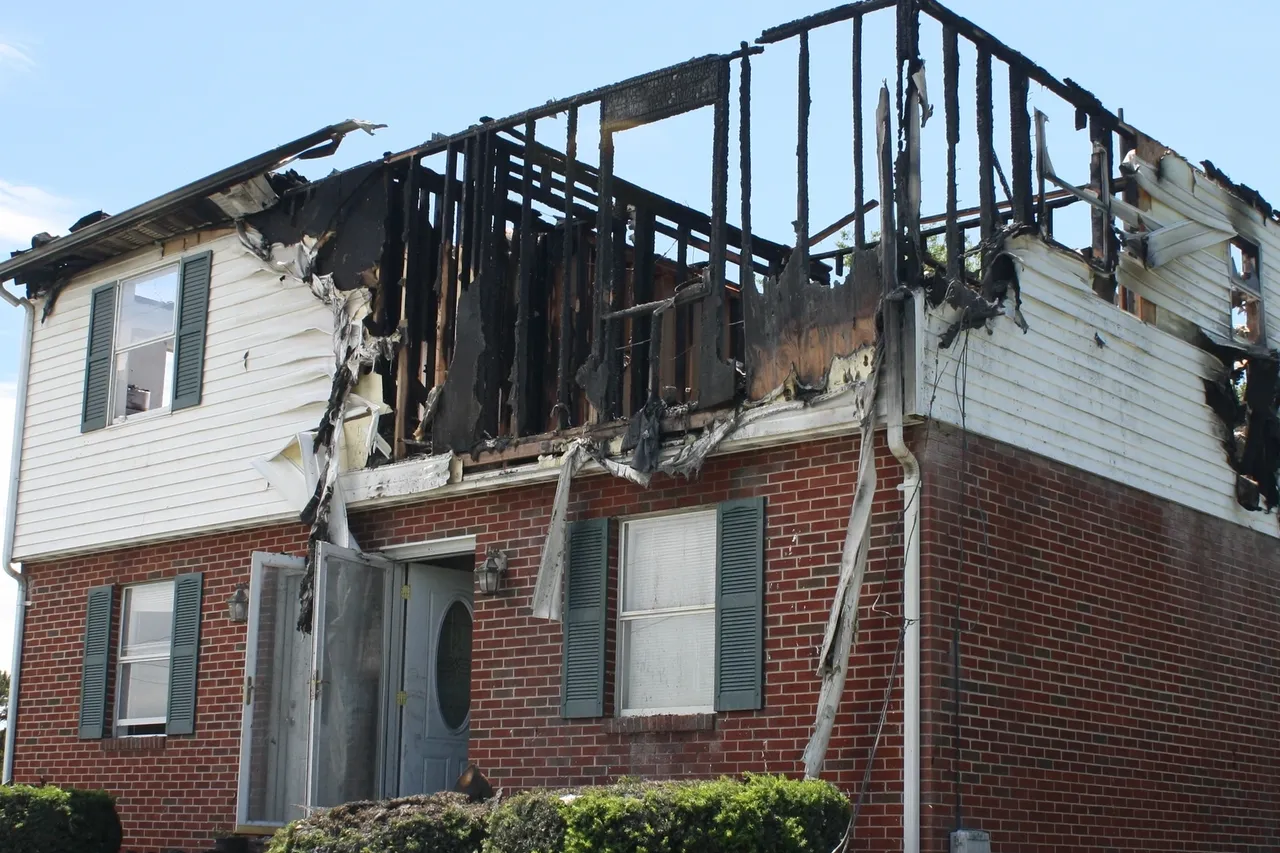
A Cold Fire Scene is a Safe Scene?
Why do fire investigators and others think a cold scene is a safe scene?
- Because they just don’t know any better?
- Because no smoke means no hazard?
- Excessive discomfort of PPE
- Forget to use PPE
- Perceived invulnerability
- Barrier to the effective completion of work
- Reason for use not understood
Does this list look familiar to some of you? This list is also found in NFPA 70E, but these excuses certainly apply to the mindset of many fire investigators.
These thoughts tell us that we have a long way to go in educating all fire investigators, and everyone else entering the post-fire scene, about the health hazards present at cold fire scenes. This is also supported by research being conducted by several different groups into the make-up of the cold fire scene.
Looking beyond just fire investigators, there is a rather long list of others who enter the cold fire scene, including but certainly not limited to insurance adjusters and attorneys, law enforcement personnel, clean-up, and demo crews, forensic engineers, utility workers, and the list goes on.
What about arson detection and cadaver dogs? These guys, and their handlers, may be at warm or cold scenes walking through fire debris and then getting back into a vehicle where, for ventilation purposes, the dog area is the same as the person area. This means that the particulate matter on the dog is now being spread through the compartment unless the dog is first decontaminated.
When we know better, we should do better! A cold fire scene is not a safe one!
There will be much more about this in future blog articles.
